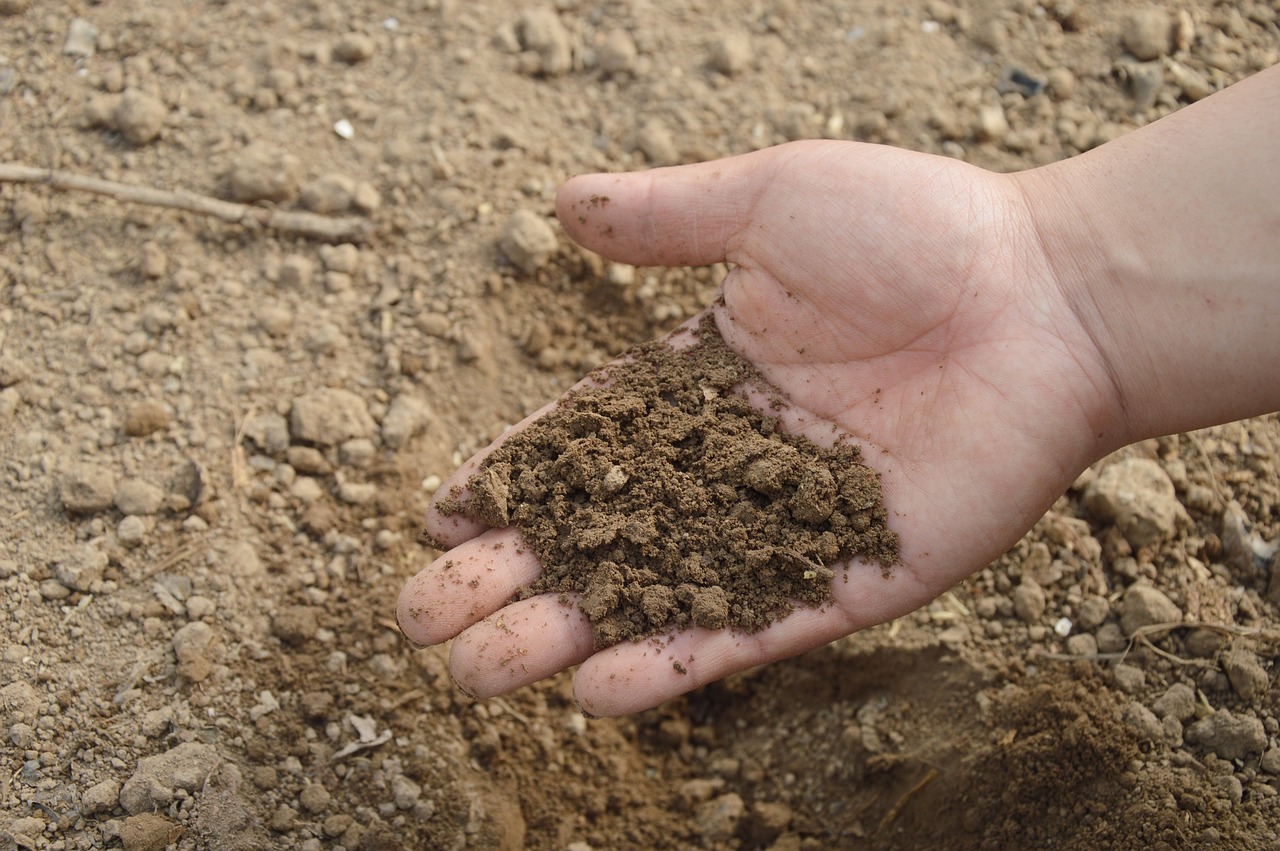The Soil We Grow In
Students determine the importance and complexity of the Earth’s soil.
Students determine the importance and complexity of the Earth’s soil.
Students observe and explain the decomposition process and identify the methods and ingredients for making compost.
Students examine fruit and vegetable preparation and storage.
Students discover the geographic regions where basil, oregano, and cilantro have cultural significance, understand the role of evaporation in herb drying, and recognize the different properties of dried and fresh herbs.
Students explore a variety of vegetables that can be stored through the colder months, including roots, alliums, cole crops, and winter squash and compare and contrast how families store food now with how they stored food long ago.
Students evaluate the function of plant stems and identify edible stems belonging to certain plants.
Students investigate six kinds of simple machines—inclined plane, pulley, screw, wedge, lever, and wheel and axle, and determine that simple machines can be combined to form complex machines.
Students identify basic animal behaviors, hypothesize what causes them, and discover the responsibilities of an animal physiologist.
Students dissect seeds, identify the anatomy and function of seed parts, and classify seeds as monocots or dicots.
Students determine that the diversity of life in soil contributes to soil fertility.

Students discover that different soils have different characteristics, examine different types of soil, investigate soil components, and observe how air space allows soils to hold and transmit water.
Students preserve peppers to create their own probiotic food, observe properties of preserved foods and states of matter changes that occur, and discover the health benefits of probiotics.